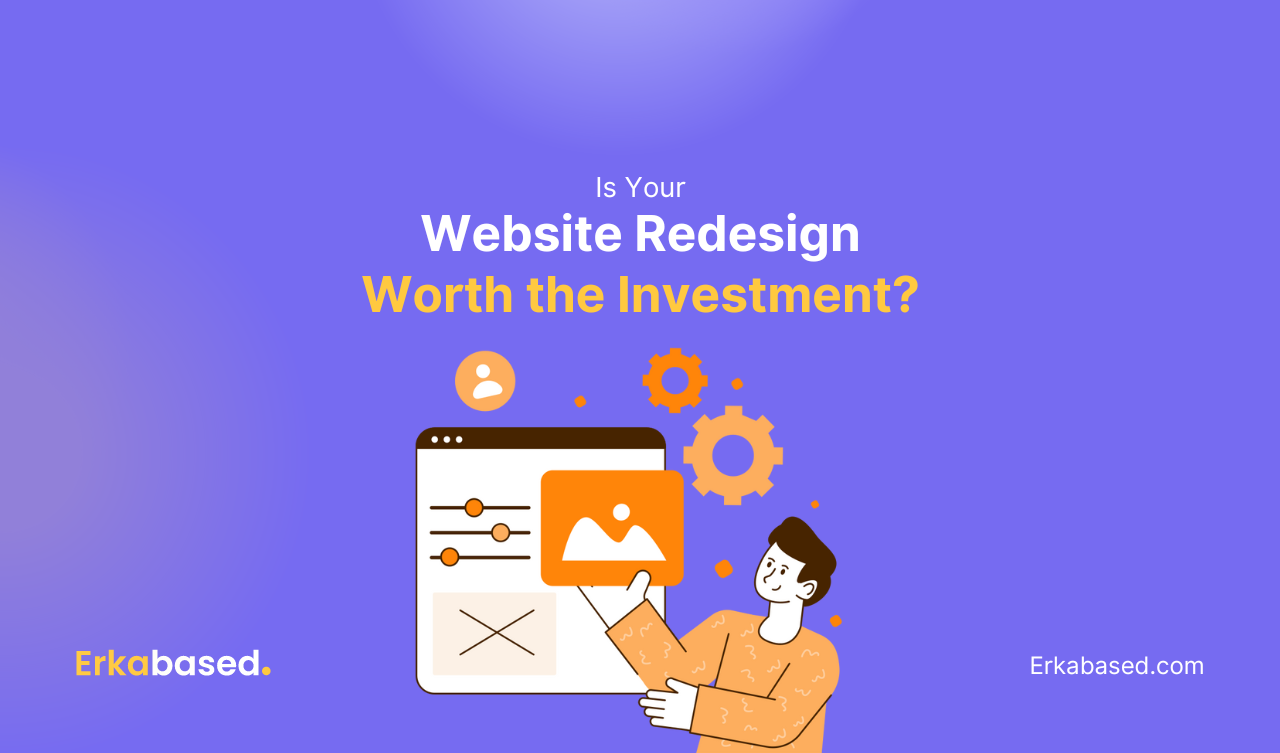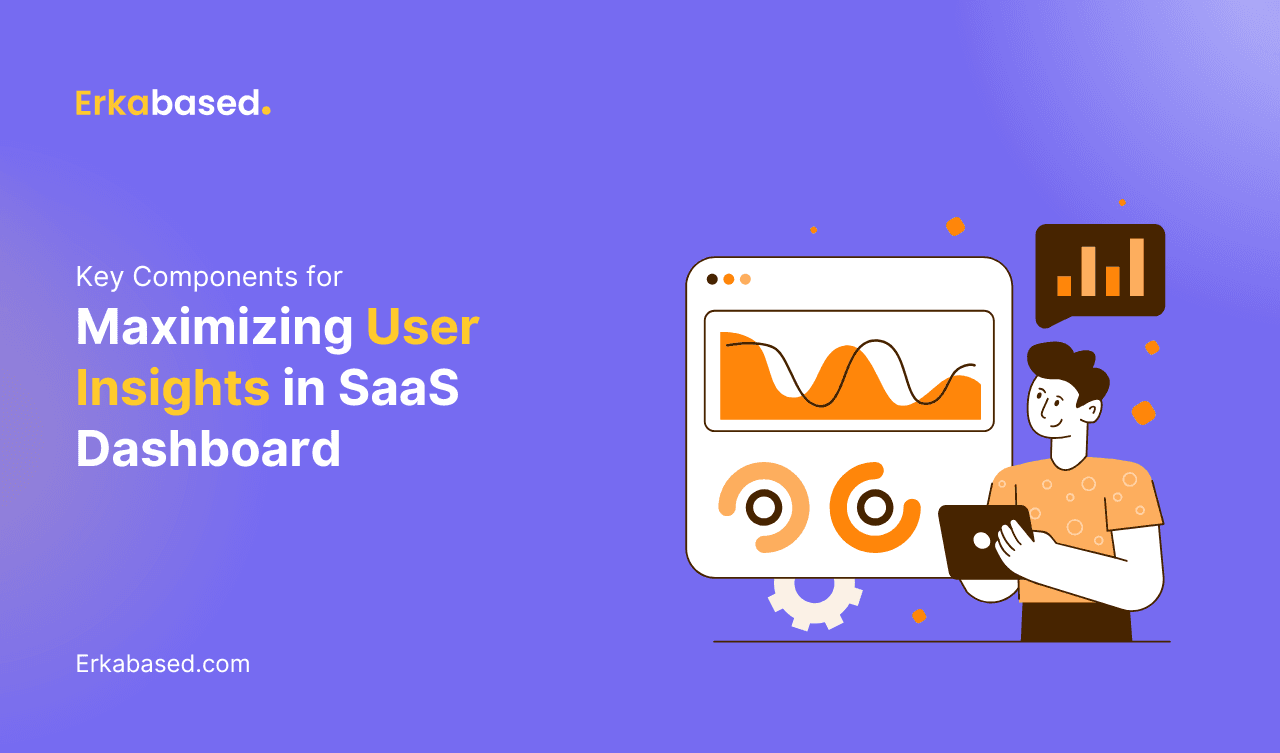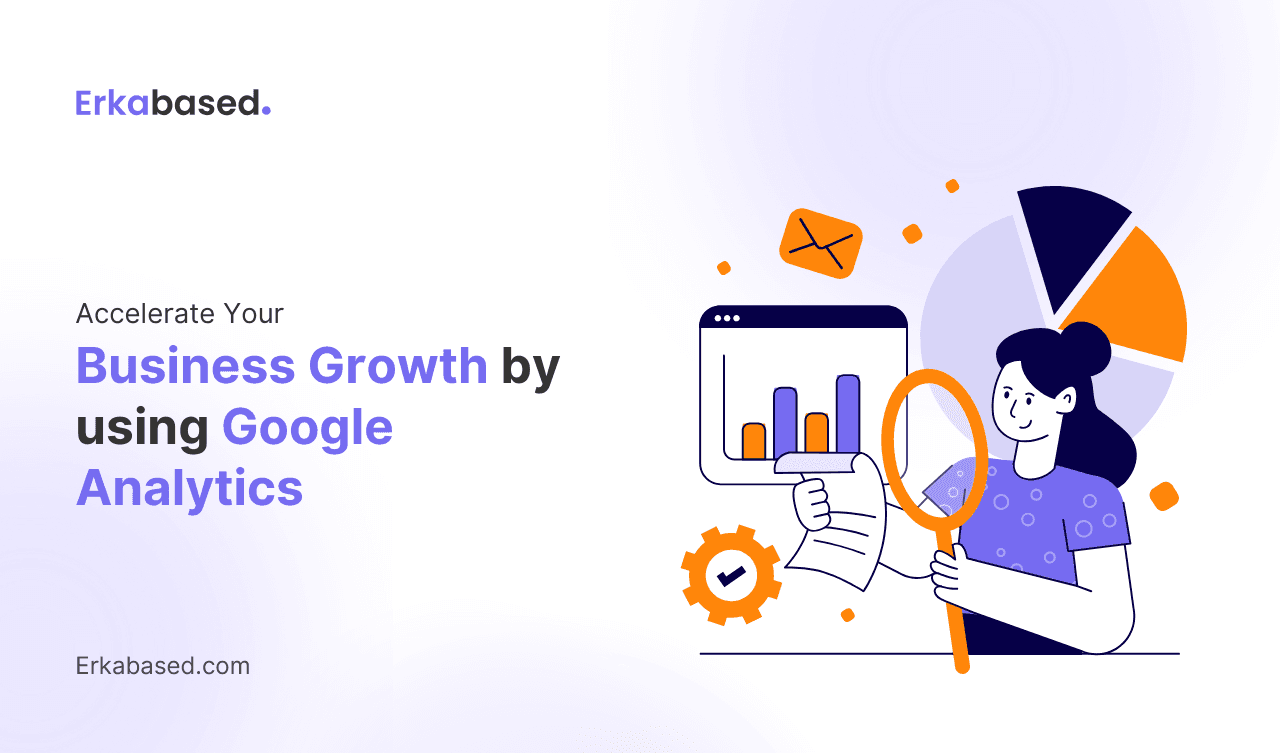Introduction to Websites
In today’s fast-paced digital world, your website is often the first impression potential customers have of your business. Therefore, maintaining a modern, functional, and user-friendly design is essential. But how do you know when it’s time for a redesign, and more importantly, is the investment truly worth it?
This blog will explore the critical signs that indicate your website might need an overhaul, the intrinsic value of a well-designed site, and how to approach the redesign process. Whether you are a small business owner, marketing professional, or startup founder, you’ll find insights to help you make an informed decision about your website’s future.
Signs Your Website Needs a Redesign
Outdated Design and Functionality
Web design trends and technologies evolve rapidly. If your website looks like a relic from the past, it likely is one. An outdated design can turn visitors away before they even read your content. Features that were once cutting-edge may now seem cumbersome or obsolete, hindering your site’s performance.
Also, consider the functionality. Are your forms and scripts up-to-date? Broken functionalities can frustrate users, leading them to seek alternatives—your competitors. Ensuring your site’s design and functionality reflect current standards is crucial in retaining visitors and converting them into customers.
Poor User Experience Metrics
User experience (UX) is the foundation of a successful website. High bounce rates, low session durations, and minimal page views per visit are telltale signs that your site isn’t engaging visitors.UX problems frequently arise from unclear navigation., slow load times, or unresponsive elements.
Utilize tools like Google Analytics to monitor these metrics. If users are abandoning your site quickly, it’s time to dig deeper into the root causes. A redesign focused on improving UX can lead to better engagement and higher conversion rates.
Not Optimized for Mobile
With an increasing number of users accessing websites via mobile devices, a mobile-friendly design is no longer optional. If your site isn’t responsive—adjusting seamlessly to different screen sizes—you’re losing a significant chunk of potential traffic.
A mobile-optimized site not only improves user experience but also boosts your search engine rankings. Google’s mobile-first indexing means that sites optimized for mobile are more likely to rank higher in search results, driving more organic traffic to your business.
The Value of a Well-Designed Website
Enhanced User Experience
A well-designed website enhances user experience by making navigation intuitive and content easily accessible. Users are more likely to stay longer, explore more pages, and engage with your content when they find your site visually appealing and easy to use.
Good design prioritizes readability, quick load times, and seamless interaction. When users can effortlessly find what they’re looking for, their satisfaction increases, which can lead to higher conversion rates and greater customer loyalty.
Improved Search Engine Rankings
Search engines favor websites that offer a superior user experience, fast load times, and mobile optimization. An updated, well-designed site can significantly improve your search engine rankings, making it easier for potential customers to find you.
SEO goes beyond keyword integration; it involves optimizing every aspect of your site, from image alt texts to meta descriptions. A redesign is an excellent opportunity to implement these best practices, ensuring your site is both user-friendly and search engine friendly.
Increased Conversion Rates
A compelling design can turn visitors into customers. By incorporating clear calls-to-action, user-friendly navigation, and engaging visuals, you can guide users toward making a purchase, subscribing to a newsletter, or contacting your business.
Conversion rate optimization (CRO) should be a primary focus during a redesign. Analyze your current conversion metrics and identify areas for improvement. Small changes, like simplifying a form or tweaking a button color, can have a substantial impact on your overall conversion rates.
Understanding the Investment
Costs and Factors to Consider in a Redesign
The cost of a website redesign can vary widely based on the complexity, functionality, and features you require. It’s essential to set a realistic budget that aligns with your business goals and expectations.
Consider factors such as the cost of hiring a professional web designer, purchasing new software or tools, and ongoing maintenance. Evaluate the potential return on investment (ROI) by considering how a redesigned site can increase traffic, engagement, and revenue.
Potential ROI from a Successful Redesign
A successful website redesign can deliver a substantial ROI by attracting more visitors, improving user engagement, and boosting conversions. Think of it as a strategic investment rather than an expense.
Consider the long-term benefits: enhanced brand image, better customer retention, and improved SEO rankings. These factors contribute to sustained business growth and profitability. A carefully planned redesign can pay for itself many times over through increased revenue and customer satisfaction.
Case Studies and Success Stories
Examples of Businesses That Benefited from a Redesign
Several businesses have witnessed remarkable transformations through a website redesign. For instance, Airbnb experienced a significant boost in user engagement and bookings after revamping their site with a cleaner interface and improved search functionality.
Another example is Target, which saw a substantial increase in online sales and customer satisfaction after launching a redesigned website focused on user experience and mobile optimization. These success stories highlight the tangible benefits of investing in a well-executed redesign.
Measurable Improvements in Traffic, Engagement, and Sales
Case studies often reveal significant improvements in key performance indicators (KPIs) following a redesign. Businesses report higher organic traffic, longer session durations, and increased sales.
For instance, IBM saw a notable increase in lead generation and customer retention after a comprehensive redesign that enhanced site navigation and content accessibility. These metrics provide a clear picture of the positive impact a refreshed, user-centric site can have on a business's bottom line.
DIY vs. Professional Redesign
Pros and Cons of Both Approaches
When considering a redesign, you can either go the DIY route or hire professionals. Each approach has its pros and cons.
A DIY redesign can be cost-effective and gives you complete control over the project. However, it requires a significant time investment and may lack the polish a professional can provide. On the other hand, hiring a professional ensures a high-quality, customized design but can be more expensive.
How to Decide Which is Right for Your Business
Deciding between DIY and professional redesign depends on your budget, technical expertise, and specific needs. If you have a limited budget and basic design skills, a DIY approach might suffice for a simple site.
However, if your site requires advanced features or custom design elements, hiring a professional is likely the better option. Consider the long-term value and ROI when making your decision.
Tips for a Successful Redesign Project
Setting Clear Goals and Objectives
Before embarking on a redesign, establish clear goals and objectives. Determine what you want to achieve, whether it’s higher traffic, improved user experience, or increased sales.
Having specific, measurable goals helps guide the design process and ensures all stakeholders are aligned. Use these objectives as benchmarks to evaluate the success of your redesign.
Choosing the Right Team or Platform
Selecting the right team or platform is crucial to the success of your redesign. Whether you opt for an in-house team, freelance designers, or a professional agency, ensure they have the expertise and experience to deliver on your vision.
If you decide on a DIY approach, choose a user-friendly web design platform that suits your needs. Research and compare options, considering factors like ease of use, available features, and customer support.
Planning for the Post-Launch Phase
A successful redesign doesn’t end with the launch. Plan for the post-launch phase by setting up monitoring tools, gathering user feedback, and making necessary adjustments.
Track key metrics to assess the performance of your new site. Continuously optimize based on data insights and user feedback to ensure your site remains effective and relevant.
Ready to start your website redesign journey? Reach out to Erkabased today and discover how we can help you achieve your business goals. Our team of experts is dedicated to creating visually stunning and functionally robust websites tailored to your unique needs. Let us transform your online presence and drive more success to your business.



